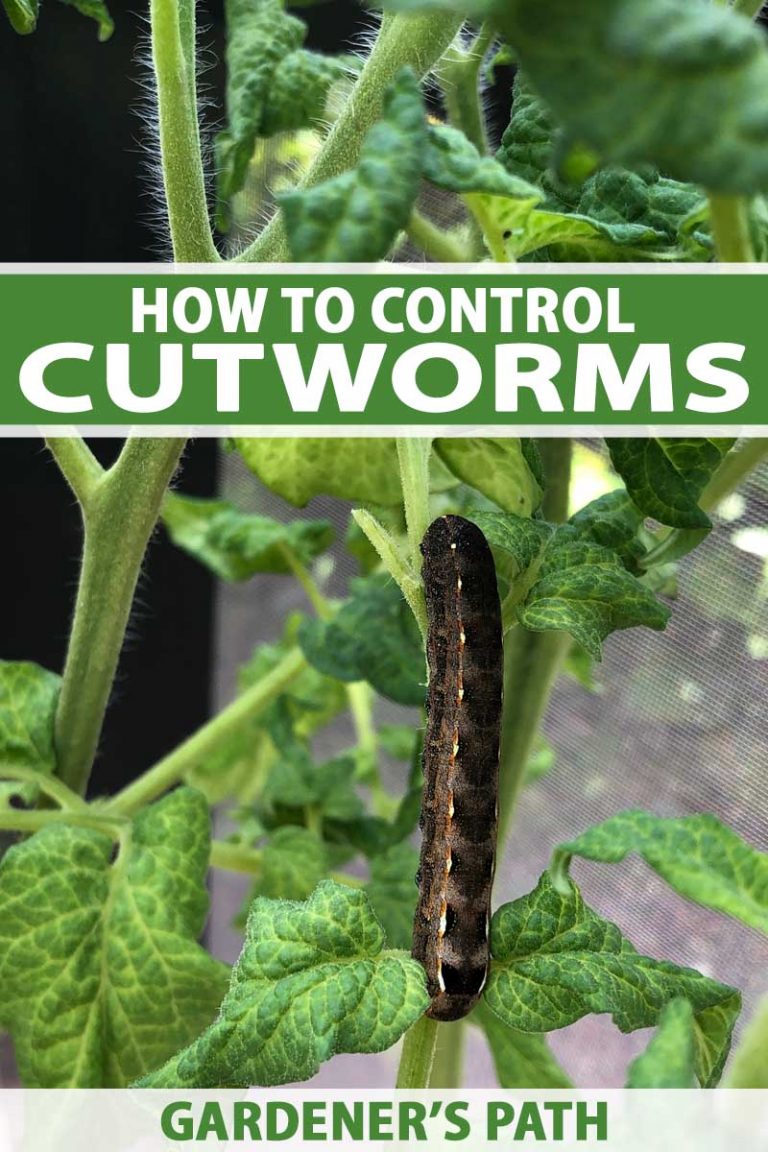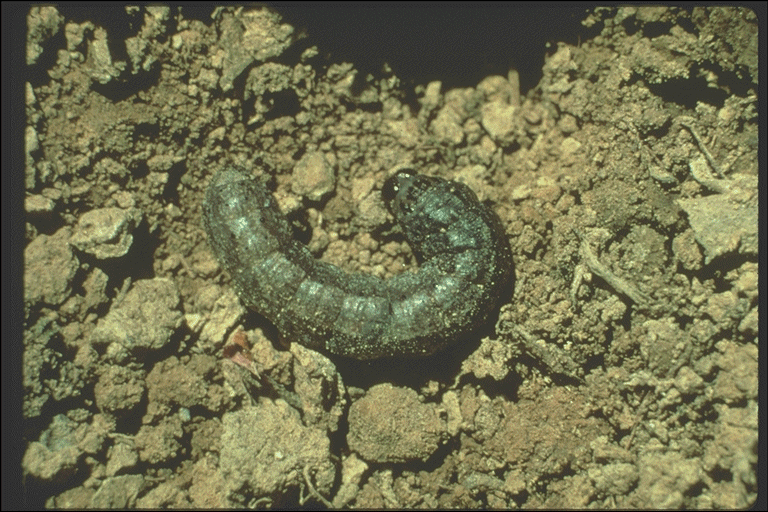
The average yield across the EU amounted to 69.1 thousand kg per hectare.

In nearly all 28 EU countries, sugar beet yields per hectare were down in 2018. The dry summer of 2018 had a relatively large impact on arable crop yields in the Netherlands. In 2018, sugar beet yields were lower in nearly all countries of the EU-28 than 1 year previously. The main producers of sugar beet in the European Union are France, Germany, Poland, UK and Czech Republic (Rezbova et al. However, a significant share of this trade takes place under bilateral long-term agreements or on preferential terms. In most years, over 70% of world sugar production is consumed domestically which allowed the development of a large export market. Sugar is produced in over 100 countries worldwide. The time of treatments was determined phenologically by obtaining the sum of heat which ranged from 300.7 to 696.4 ☌ with an average of 523.17 ☌ and the sum of effective temperatures which ranged from 120.2 to 260.5 ☌ with an average of 180.1 ☌. During the study, the time for insecticidal treatments against cutworms was determined by the signaling method between the 29th and the 41st day following the onset of the cutworm moths’ mass flight. The beginning of oviposition, hatching of the first caterpillars and the caterpillars’ growth to 10–12 mm was observed, and optimal date of chemical treatment against cutworms was forecasted.

The usefulness of monitoring cutworm catches was also compared with systematic observations of sugar beet fields at the moment when the mass flight of cutworm moths was identified.

The date of first flights and the total number of pests on plantations were determined. Consequently, two forecasting models for determining the chemical control time were compared: one based on a signaling method and the other based on average of temperatures necessary for caterpillars to achieve the desired L 2 stage. The aim of this research was to create an advisory system for commodity services and sugar beet growers to support their decisions about the use of chemical control against the cutworms.


 0 kommentar(er)
0 kommentar(er)
